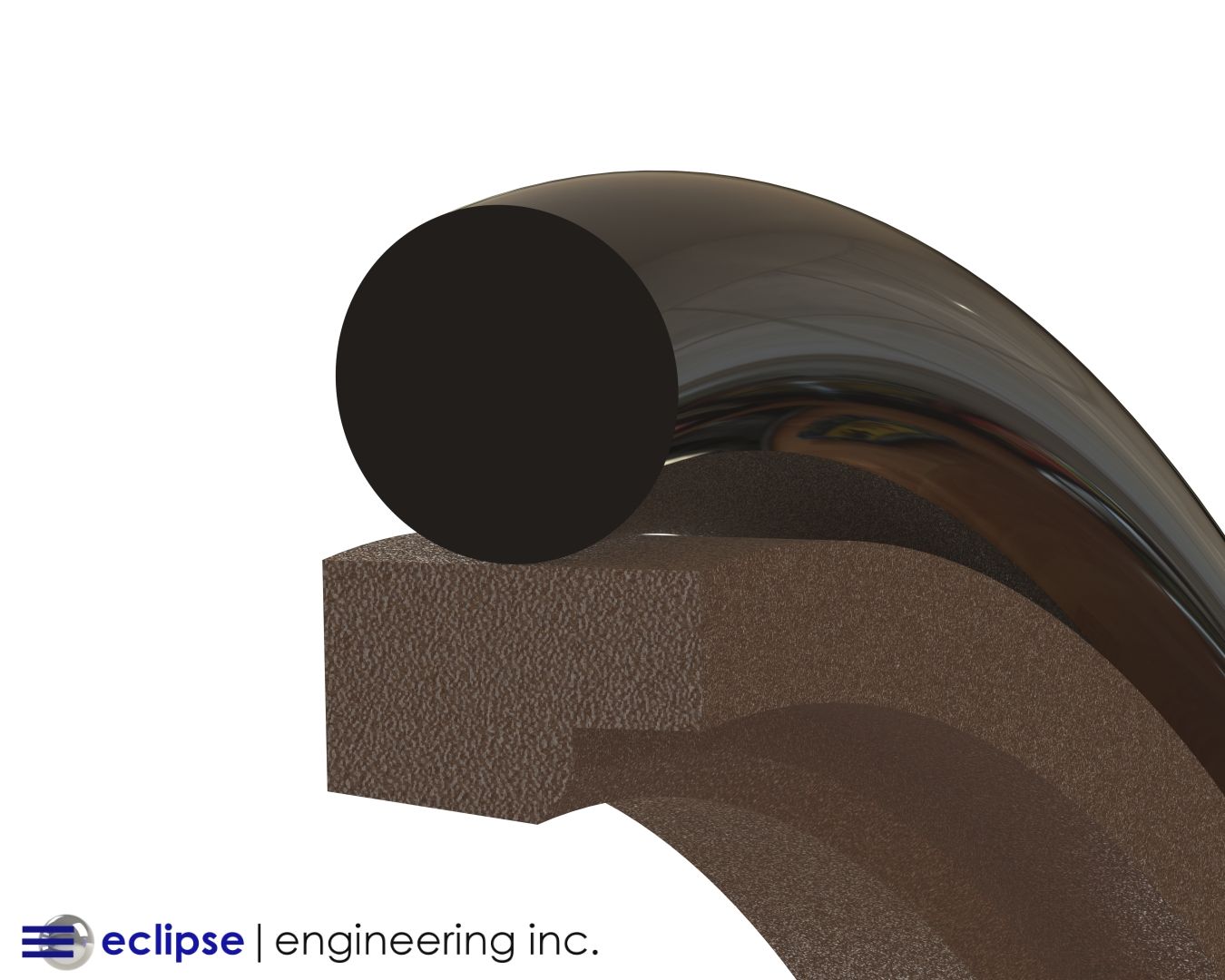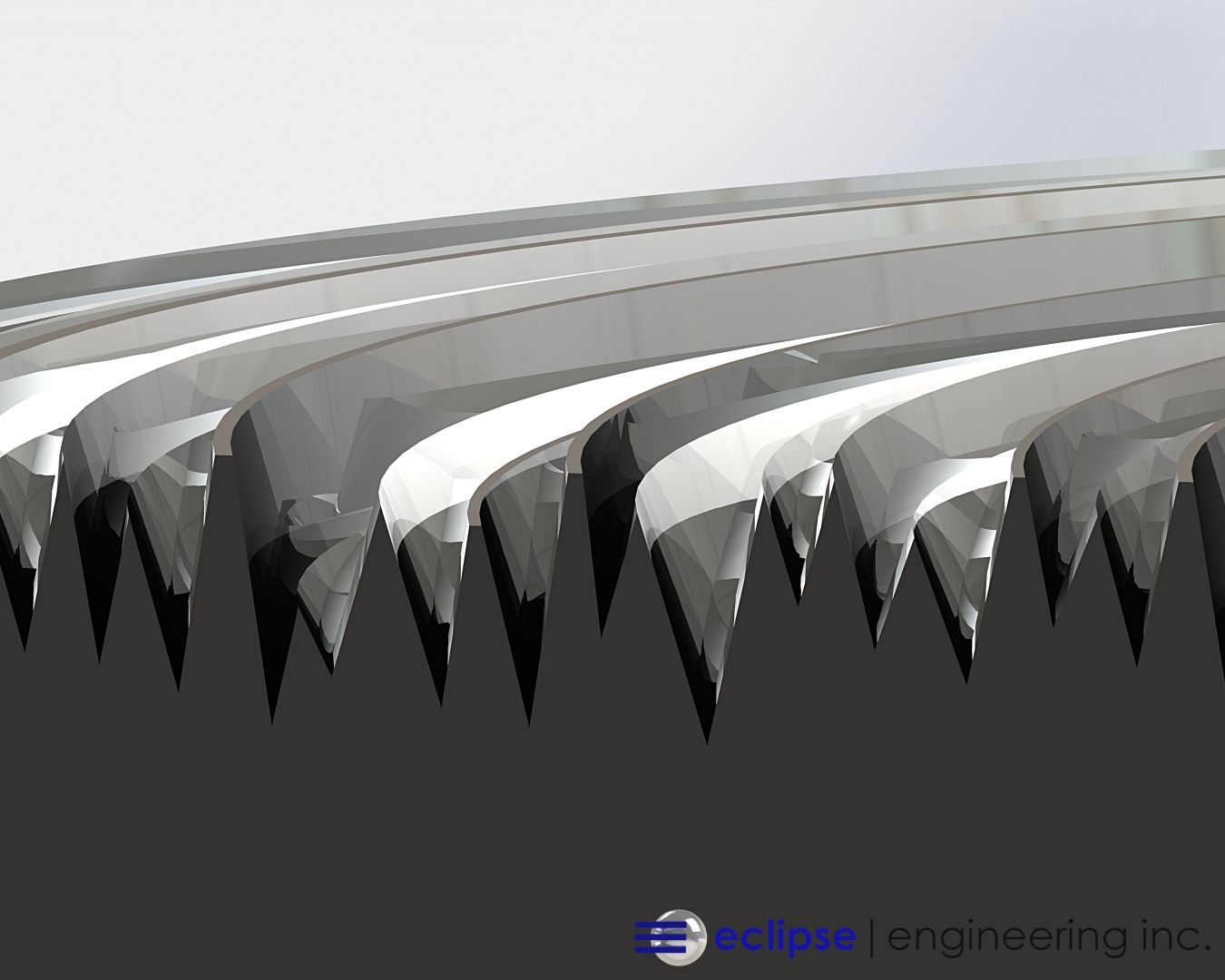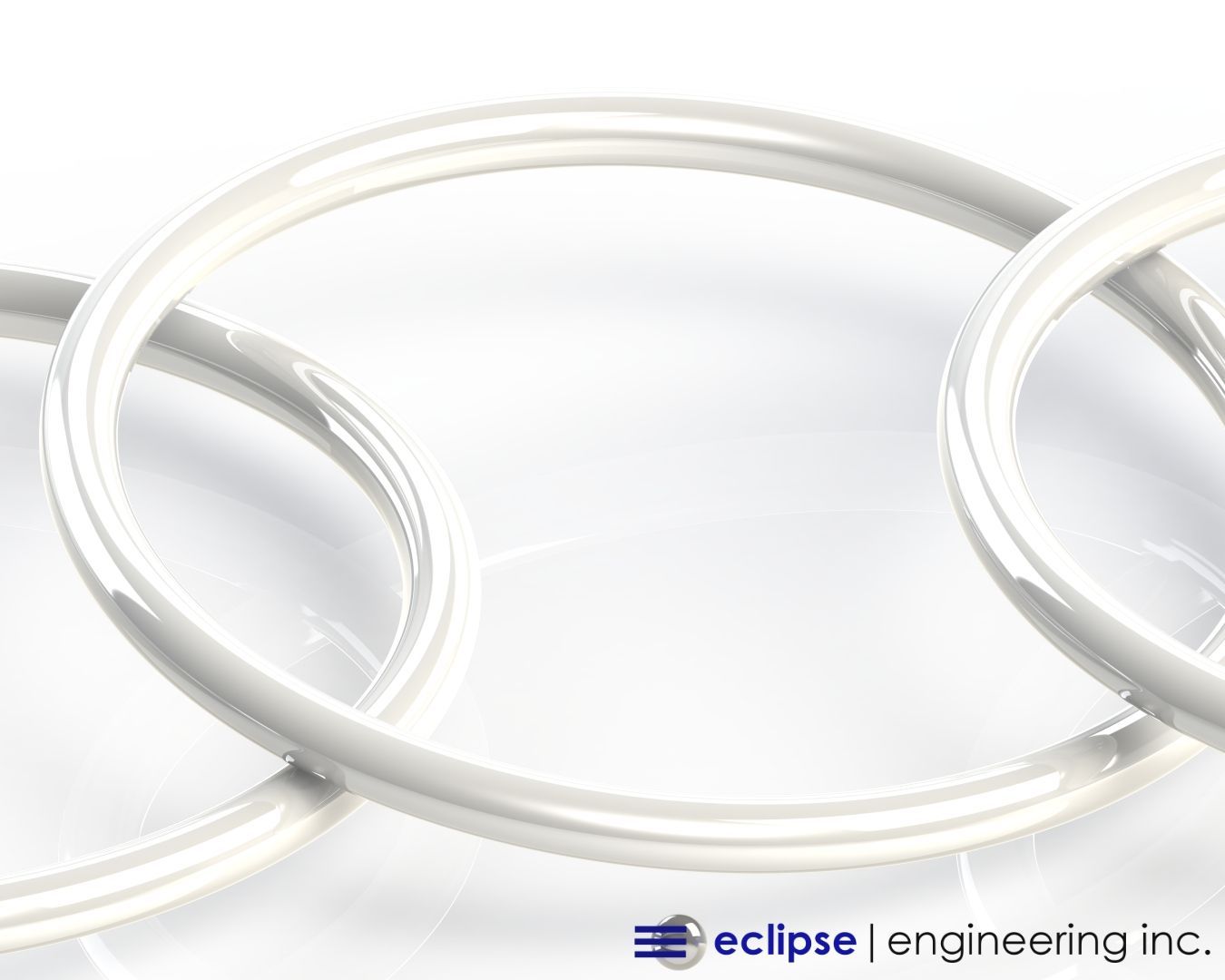Eclipse Spring Energized Seals
Eclipse Engineering began manufacturing Spring Energized seals in 2005
Today, we supply Spring Energized seals with ID’s as small as .065” to in excess of 3 feet or larger. We offer Cantilever, Canted Coil, Helical and Garter Spring energized designs.
This technology has allowed us to always offer the most appropriate solution to your sealing needs, regardless of the conditions or environment the seal will be operating. Through our broad range of utilized jacket materials we can seal virtually any media environment.
At Eclipse, we feel speed of response is a clear advantage to our customers. Eclipse can turn many prototype applications around with finished product in 2 weeks and in emergency situations, we can even shave the time down to a few days. We’re able to offer this service because we carry a wide array of raw materials, including our spring stock in Stainless, Hastelloy, and Elgiloy.
When the need arises, please call our engineering department to discuss your application.





